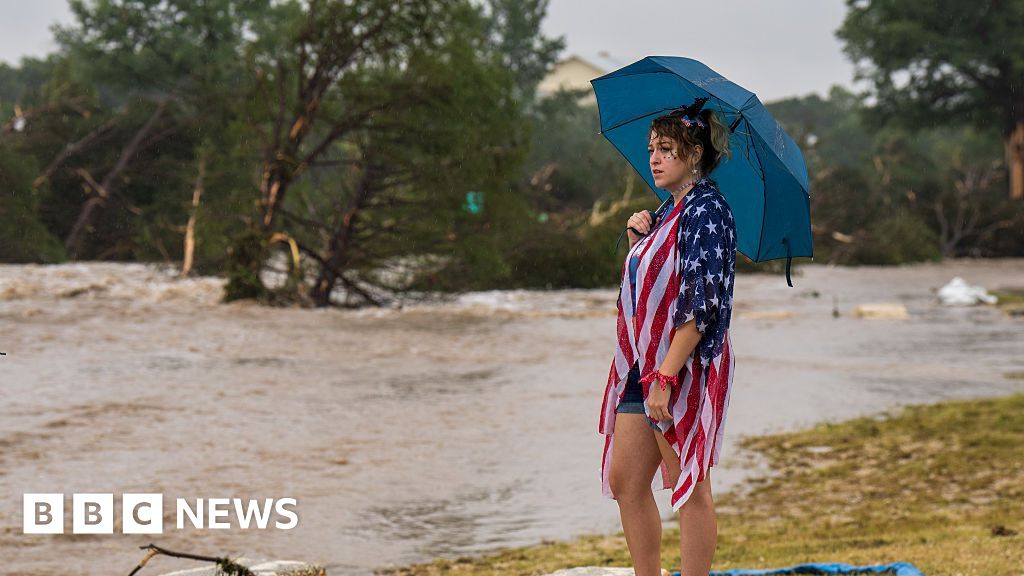Many travelers are driven by a desperate desire to reach the last great undiscovered place before the rest of the tourist hordes. In 2025, though, that elusive location is becoming something of a mirage.
That is particularly apparent in Saudi Arabia, which opened itself to tourism nearly six years ago (before, only Muslims, traveling for religious reasons, had been allowed to enter). Things now are changing so fast in the desert kingdom that there has been a Dubai-esque feeling to its warp-speed transformation. My online visa application was approved in less than three hours. I almost thought it was a hoax.
Nowhere is this “get there before it’s ruined” feeling more urgent than in Al-Ula, a vast desert landscape of towering sandstone and granite rock formations in the northwest of the country that is, for now, barely untouched by time. The wind- and human-sculpted tombs chiseled into these mountains were the southernmost reaches of the Nabatean empire, which famously built Petra, some 550 kilometers, or about 340 miles, to the north, in Jordan.
But Petra now offers a glimpse of what Al-Ula will no doubt become in the next 10 to 20 years: dozens, if not hundreds, of hotels; donkey rides to overcrowded ruins; and tourists vying for the perfect Instagram shot.
That is, of course, if Saudi Arabia’s efforts to modify its global public image are successful. Its human rights violations, religious extremism and history of oppressing women already keep many travelers from even considering a visit. And alcohol still is banned, although there have been whispers that restriction is being reconsidered in light of the country’s role as host of the 2034 World Cup and as part of Saudi Vision 2030, the country’s ambitious project to diversify its economy.
Much of the rest of the kingdom has been moving forward, regardless. Riyadh, the country’s capital, and Jeddah, its major port, are both bustling modern cities, and women are now allowed to drive and travel freely around the country without a male escort, which was unthinkable even a decade ago.
While the Red Sea coastline outside Jeddah is virtually undeveloped for more than 1,100 miles, a resort area known as the Red Sea Project has several new five-star resorts, including the Nujuma Ritz-Carlton with its over-the-water podlike villas.
The Red Sea Airport, built in 2023, serves this area (Al-Ula has its own airport), as well as resorts farther inland, including the utterly isolated and pricey Six Senses Southern Dunes, with its mirage-like views of the rolling desert as it blends into the Red Sea about 45 minutes away. And the Desert Rock resort has villas with pools built into the sides of giant rock formations with views across seemingly endless valleys. Many of these resorts are not exactly packing in tourists yet, but they clearly are ready.
For now, however, Al-Ula might as well be on Mars. It’s far less developed than anything I have seen in the most remote parts of the Middle East, including the rugged mountainous villages of Oman, which now offer five-star resorts and hiking tours. The region is 22,550 square kilometers, or 8,700 square miles, though most of the 111 tombs are packed into an area of about six square kilometers.
Here, there are glamping sites under glittering stars at night, and morning treks to the massive tombs where only a dozen or so other visitors may have gathered. Travel Weekly magazine recently described the rock formations: “A gigantic elephant glows enchantingly at dusk, a guitar takes shape in the narrow crevice between two mountain peaks, a bowling pin juts over a sandstone outcrop.”
The area has had a bit of a spooky reputation, though. Many Muslims consider it to be cursed since the Thamud people of the region, who flourished there from as early as the eighth century B.C., were later denounced by the Prophet Muhammad as “wrongdoers.” The fact that Muslims have avoided the area for centuries, many local tour guides say, is exactly why it is so well preserved and seemingly trapped in time.
The Nabateans were a nomadic Arab tribe that flourished for centuries before being conquered by the Romans in the second century A.D. — and the nearby region, called Hegra, is where they carved huge tombs into the sides of enormous rocks. One of the most famous is the so-called Lonely Castle, or Qasr al-Farid, a meticulously sculpted facade of four columns that is a dramatic entrance to a 72-foot-high boulder. Coming to the site offers a glimpse of what visiting Egypt might have felt like when the Western world was first learning about the buried treasures of an ancient kingdom.
While Al-Ula offers a glimpse into a mysterious past, it already is focusing on the future. It has become an arts destination, with several galleries and public art spaces. A massive public art project of site-specific art and open-air sculptures is being created, scheduled to open sometime after 2027. It coincides with many celebrity architect-designed resorts in the works, including Sharaan by the French architect Jean Nouvel, which is being built into the side of a mountain. The current offerings of glamping — let’s just call them luxury hotels with a tentlike appearance and swimming pools that cozy up to the giant rocks around them — include the Banyan Tree and Our Habitas.
I stayed two nights at Our Habitas, which also offers what it calls a more “rustic” experience in luxuriously appointed Airstream travel trailers that are parked even farther into the sprawling valleys for that true sense of getting away from your fellow tourists. All of these glamping sites are nestled among the boulders and the thin, dry air that seems to hold the silence naturally.
An early morning “run” to the rock formations, which is standard before the heat of the day sets in (temperatures from May to October can reach 40 Celsius, or 104 degrees Fahrenheit), sort of reclaims that old safari term.
Morning runs in Africa have morphed into traffic jams of all-terrain vehicles trying to get close to a lion or giraffe. Here, there is a sense of being a charter member of the Al-Ula Tourism Club. No tacky trinket shops, no groups of tourists flocking to get photos. Just a stillness among the Nabatean tombs as the morning light turns the beige rocks ever-shifting shades of orange.
And there is nothing more refreshing than tomblike silence when discovering what could be the last great unexplored tourist spot just waiting to be developed.
Source link


















